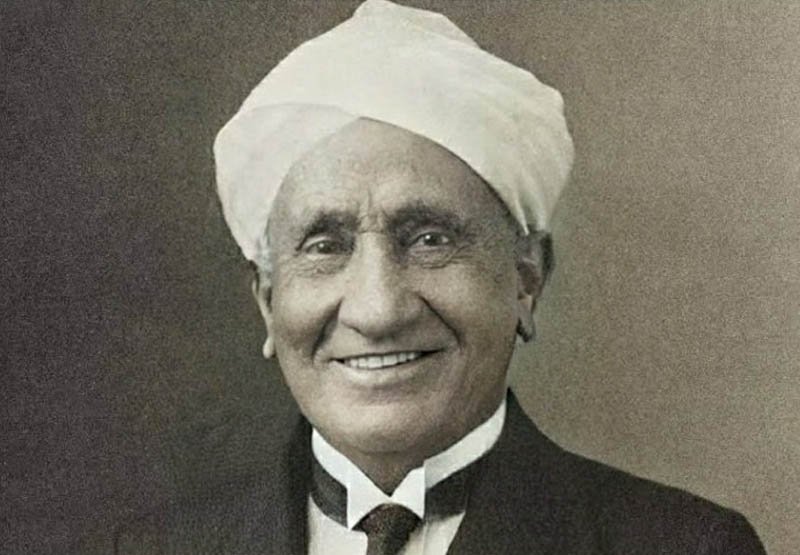Sir Chandrasekhara Venkata Raman (1863–1945) was an Indian physicist known for his work in light scattering and spectroscopy. In collaboration with K. S. Krishnan, he discovered that light changes wavelength and frequency as it passes through a transparent substance. This discovery paved the way for the development of the spectrograph. However, his most lasting contribution was to the field of optics.
After completing his studies at the University of Calcutta, Raman began working on his research after work. During his first decade at the institute, he published 27 research papers and was awarded two honorary positions at the IACS. In the same year, he was posted to Rangoon and Nagpur. In 1948, he returned to Calcutta and founded the Raman Research Institute.
The Raman Research Institute was established in his honor in 1943. In 1970, Raman suffered a cardiac arrest while working in his laboratory. He was transported to a hospital, but doctors said he wouldn’t live more than four hours. Thankfully, he lived for a few more days and was buried in the institute’s gardens with his family and supporters. In his will, he requested that his ashes be interred in the institute’s gardens, where his supporters had gathered to remember him.
After earning a master’s degree in physics from the Presidency College in Madras, Raman’s father moved to Vishakhapatnam. He attended St. Aloysius Anglo-Indian High School in Vishakhapatnam, and at age eleven, passed his matriculation exam. He was then accepted to the Presidency College in Madras and was awarded a B.A. in physics. In 1907, he won the Nobel Prize in Physics for his work.
Although CV Raman’s name is well-known throughout the world, he was born in a small town in rural India. His family’s wealth and position in society made his education and research efforts very successful. He received his bachelor’s degree at the age of 16 and was already working on his master’s degree in the field of physics at the University of Madras in 1905. His research interests included sound, vibrations, and acoustics.
Born in a small village near Tiruchirapalli, Tamil Nadu, Dr. C. V. Raman was a brilliant student from an early age. He later received his B.A. and M.A. degrees in physics at the Presidency College in Madras. During his university years, Raman’s work is still recognized as a landmark in science. The Nobel Prize for physics was his first.
Raman’s early life is a fascinating and inspiring story of a brilliant man. His mother was a mathematician, and her father was a teacher at the local high school. His father was a lecturer at Vishakhapatnam University and was the first Indian to win a Nobel Prize for physics. He later became the first director of the Indian Institute of Science in Bangalore and was the head of the physics department until his death in 1949.
He was born in a small village near the city of Tiruchirapalli in the late nineteenth century. His father worked as a mathematician at the University of Madras. His parents were very generous with his income and provided him with the opportunity to study in England. Their two sons were raised by a loving mother and an intelligent father. Despite his humble origins, Raman’s achievements are widely acknowledged as the foundation of modern physics and a major contribution to scientific progress.
Upon graduating from Cambridge University in 1907, Raman won the Lenin Peace Prize in 1957. He was also awarded the first Indian Nobel Prize in physics. He later founded the Raman Research Institute. A member of the Pontifical Academy of Sciences, Raman also helped build nearly every research institution in his time. He also founded the Indian Academy of Sciences and the Indian Journal of Physics. Sadly, he passed away in 1971.
The Indian physicist C. V. Raman was born on November 21, 1887. He received the Nobel Prize in physics in 1907. His life has inspired millions of people. He is remembered as one of the most influential and prolific scientists in history. He paved the way for a modern society that has become a world powerhouse. The name of this eminent physicist is a testament to his genius.


